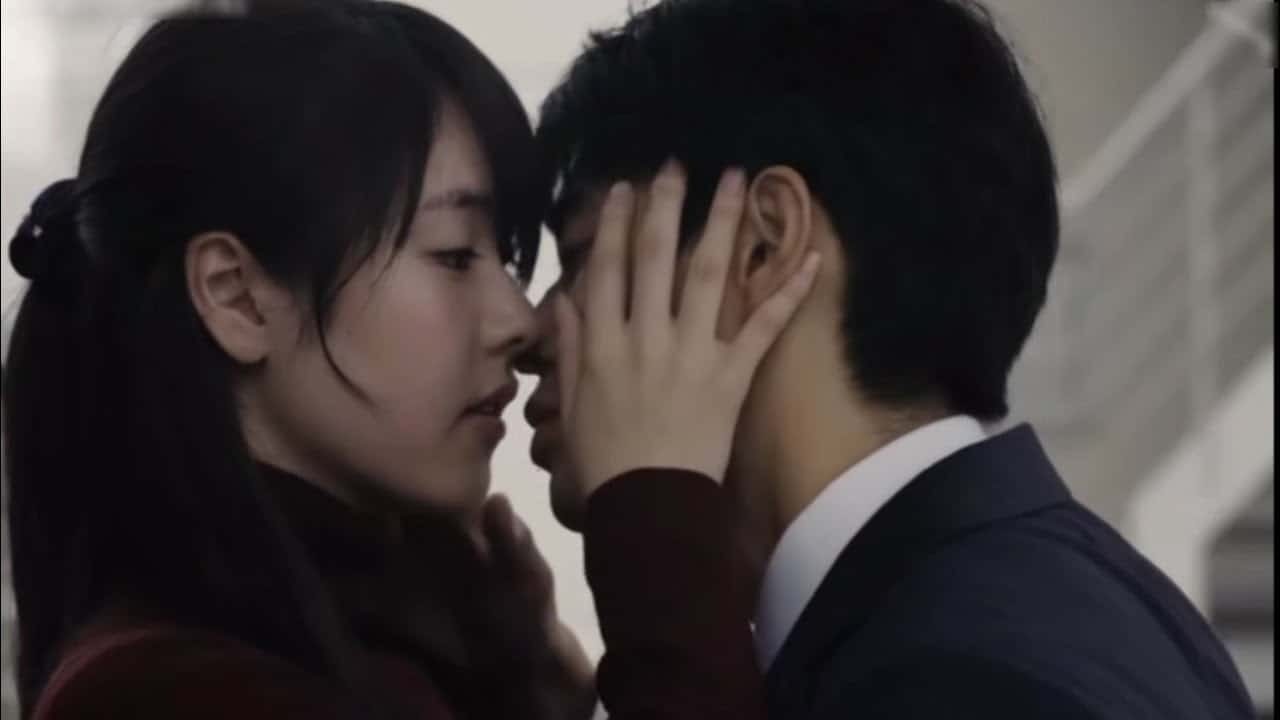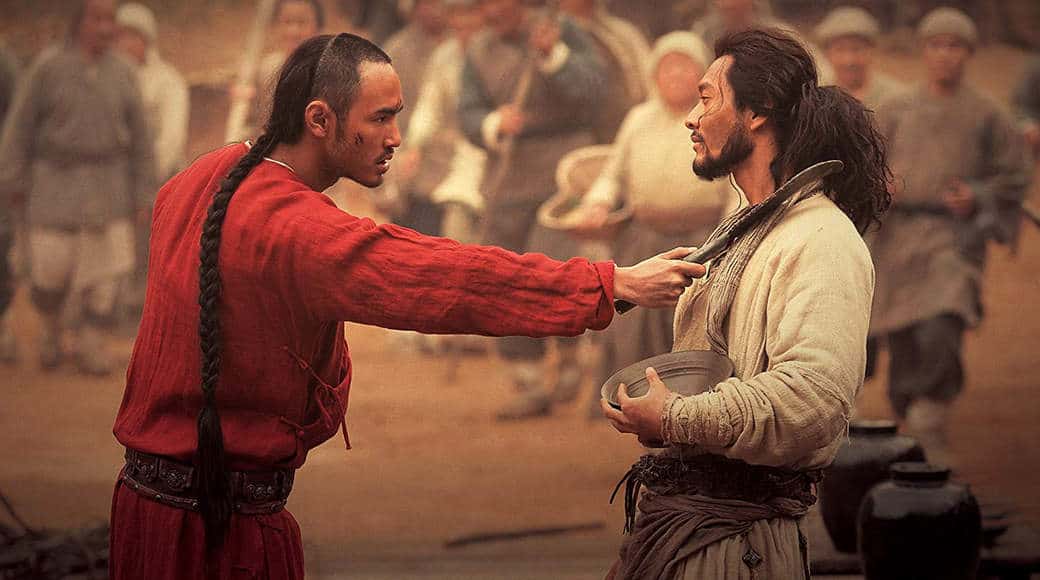After being in the shadows for far too long, in the last few years Tibetan cinema has found its voice and a representative in director Pema Tseden, whose works have found favour in festival circuits and arthouse audiences around the world. Other directors also have begun to emerge slowly, including Tseden's own son Jigme Trigley, who makes his debut with “One and Four”, with the father also coming on board as producer.
One and Four is screening on New York Asian Film Festival

Late 1990s. On the Tibetan side of the Himalayas, somewhere in the mountains lives Sanggye, a Forest Ranger. His lonely days are passed trying to stay warm and feeding on the little food that doesn't get frozen over. Today, he is rather hungover when there is a knock on his door and when he opens it, he is greeted by the barrel of a gun, held by a bloodied and limping man. This man tells Sanggye that he is from the Forestry Police and that he is on a mission to capture a notorious poacher, who he and his partner were chasing but somehow managed to escape. Uncertain whether to trust him or not and with a blizzard coming in, Sanggye decides to help the man but as two more visitors turn up to his cabin, he finds himself in a four-way standoff, having to decide who is telling the truth.

If the setting reminds one of Tarantino's “The Hateful Eight” or Hiroshi Inagaki's “Machibuse” aka “Incident at Blood Pass”, that's where the similarities end, because Trinley's feature relies a lot more on its atmosphere than dialogue to build on the tension. The story instead develops more akin to Kurosawa's “Rashomon”, with all men telling various versions of the events leading up to and since the car crash that the Forestry Police's partner died in and the poacher escaped from. Unlike his father's features, Trinley isn't interested in mysticism or spirituality and instead crafts the narrative as a claustrophobic, paranoid whodunit mystery, which does not go much further than the surface in terms of its storytelling. That is not to say that the apple has fallen far from the tree, as he does utilise metaphors in a couple of places.

A large part of the success that “One and Four” manages to achieve in building a tense atmosphere is thanks to Tseden regular Lv Songgye's excellent cinematography, which makes use of close quarters camera work to heighten the sense of paranoid and distrust among the characters and making effective use of lighting to give a natural look to the feature. Despite being set mostly in one location, Songgye has plenty to work with, the dim interiors of the cottage both in daylight and nighttime as well the starkly contrasting but gorgeous snow laden landscape around it combining for an overwhelming experience. Ding Ke's work too is an integral cog in the wheel, with his atonal and at-times almost experimental music adding to the broody and foreboding ambience of the production.
Jinpa is a familiar figure to viewers of Pema Tseden's works, having featured in both his latest works “Jinpa” and “Balloon”, and as Sanggye, he embodies the uncertainly that the character goes through, along with the sorrow of having just gotten the news that his wife wants a divorce, rather well. He is joined by Wang Zheng, the bloodied first visitor, who, with Jinpa, gets the most screen-time. Kunde plays Kunbo, a friend from Sanggye's village and the bearer of bad news, whereas Darggye Tensing appears as the final visitor. All three of these play their characters convincingly to confuse both Sanggye and the audience as to their true identities, combining for a climax that is a masterclass in building tension within a scene.
Despite not going too deep with its story or characters, “One and Four” impresses with its brisk pace, technical superiority and a tightly written script that is executed to create a fantastically atmospheric narrative, showing off the promise that Jigme Trinley holds. If this is the future of Tibetan cinema, it is in safe hands.

















I didn’t know your site before, but came across this review while researching Pema Tseden’s sudden death on 8 May 2023. Very useful, thanks. But the writer should look at a map: China/Tibet (and Korea & Japan for that matter) are NOT in “South-east Asia”. East Asia or North-east Asia would do it.